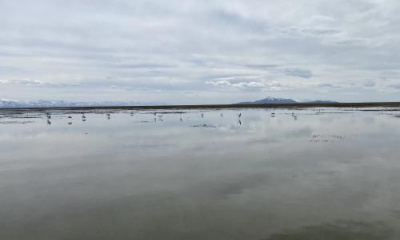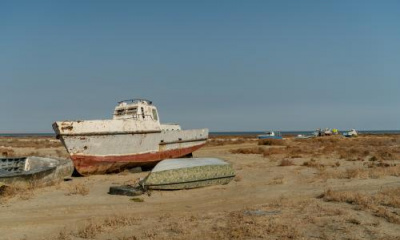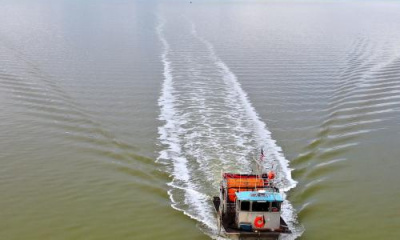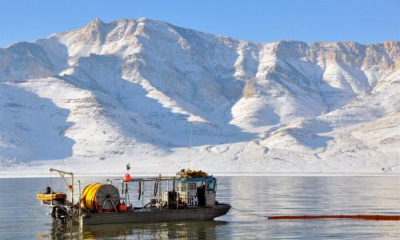SALT LAKE CITY — Utah’s brine shrimp fishermen are once again out on the waters of the Great Salt Lake to harvest brine shrimp cysts (or eggs) and distribute them around the world.
However, this year is looking a lot more normal, according to Former Utah House Rep. Tim Hawkes, who’s also the General Counsel and Vice Chair of Great Salt Lake Brine Shrimp Cooperative.
Last year the Great Salt Lake hit its lowest levels on record, making it not only hard for brine shrimp fishermen to reach Gilbert Bay, but it also made it hard for brine shrimp to produce high-quality eggs.
Hawkes said the brine shrimp were exerting more energy shedding off the excessive salt in the water, but this year, Mother Nature made it easier on the little critters.
“We are optimistic we could have a much better harvest, not necessarily in terms of quantity, but certainly in terms of quality,” Hawkes said.
All brine shrimp fishing takes place in the lake’s water south of the Union Pacific Causeway. The north arm of the lake is too salty for brine shrimp or brine flies to live.
The harvest typically lasts about four months, but Hawkes said the state could either slice or extend that time since the harvest seeks more to help the ecosystem stay healthy.
Both too many and too few cysts in the water are bad for the lake’s ecosystem, so the state asks harvesters to keep going until the lake reaches 21 cysts per liter of water in the lake.
“We want to set up the ecosystem and the brine shrimp population to be in the very best shape moving into the following year,” Hawkes said.
A global commodity
The Great Salt Lake is the largest supplier in the world, producing nearly 45% of the global supply. The rest of the supply mostly comes from Russia and China.
The brine shrimp industry contributes roughly $40 to $60 million a year to Utah’s economy, depending on the year, Hawkes said. The cysts they harvest from the Great Salt Lake are sold to fish hatcheries all over the world, where they are hatched and fed to shrimp and some types of fish.
Hawkes said if you order or buy shrimp anywhere in the world, there’s about a 50/50 chance it ate brine shrimp from the Great Salt Lake.
The Great Salt Lake is about four feet higher than it was during the last harvest, though it’s still short about six feet from what’s considered healthy.
Just as he said it’s hard to predict what the waters will be like during a harvest, Hawkes said he’s keeping the optimism that state leaders and Utahns collectively can find solutions to save the largest saline lake in the Western Hemisphere.
“We really have to take a hard look about the way we use water in Utah and find more effective ways to share this precious resource, so that the Great Salt Lake is going to be there for…generations to come,” Hawkes said. “I’m optimistic about that, I love the way Utahns solve problems.”








